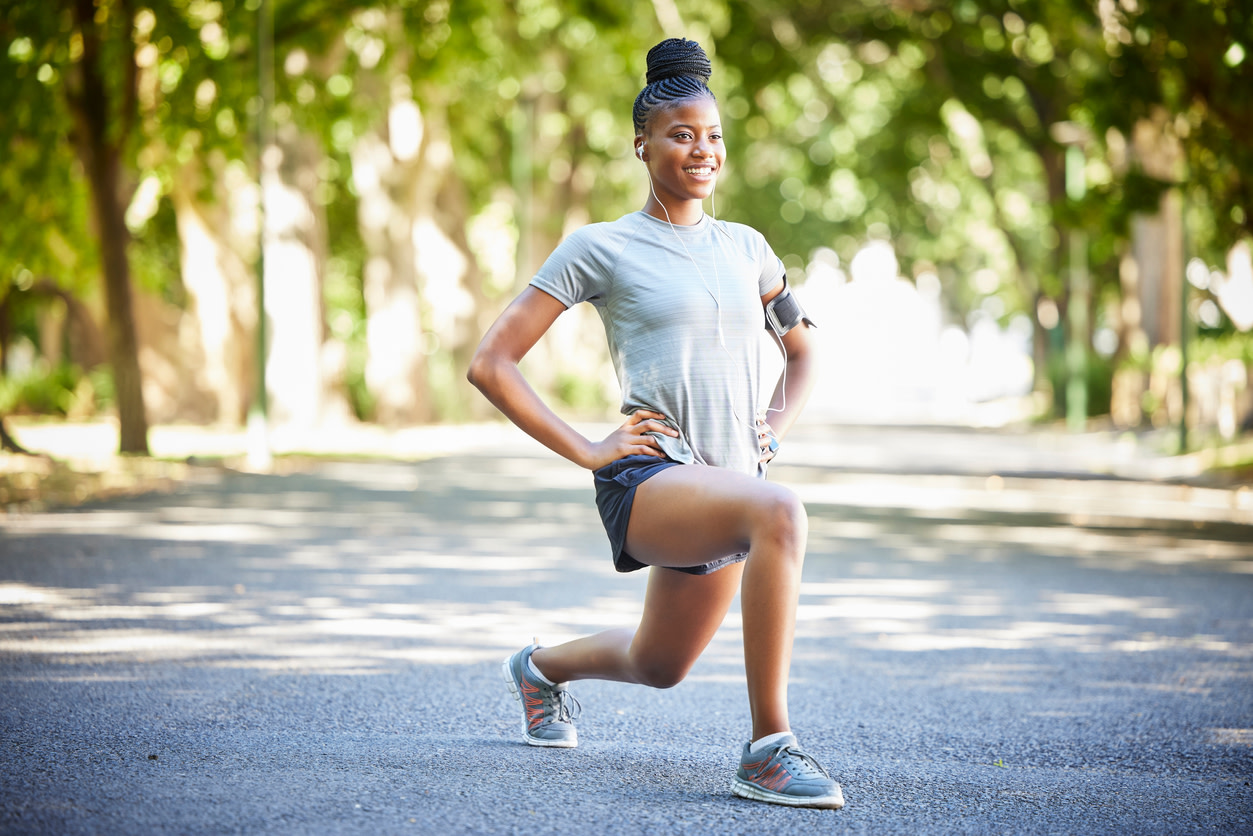6 Hip Flexor Exercises to Relieve Tight, Achy Hips
Discover how hip flexor exercises can relieve hip pain. Improve your hip strength with tips from Hinge Health physical therapists.
$0 costo para usted
Fecha de Publicación: Nov 13, 2024
El índice
Fully covered hip pain relief
Find relief from hip pain, buttock pain, hip tendonitis, & more.
Check if I'm eligible